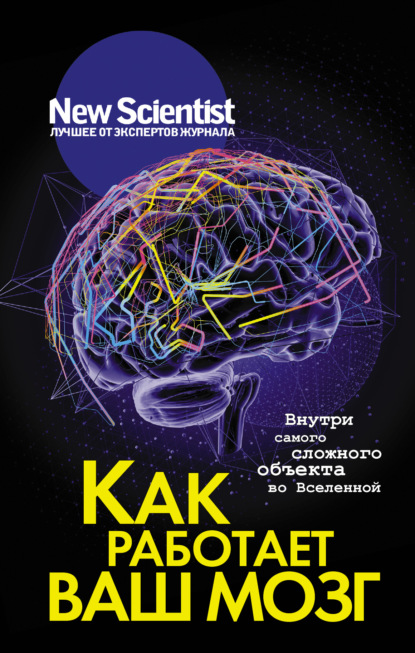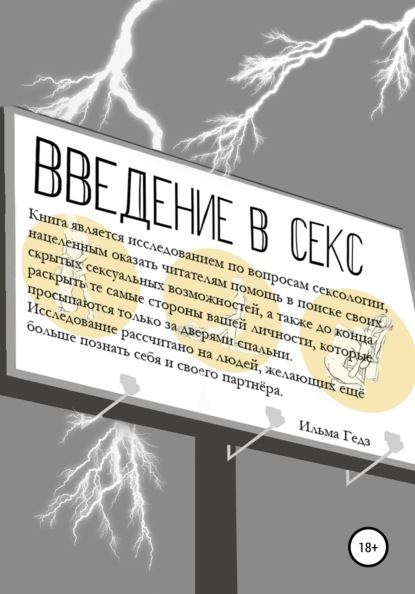Книга "Сворачивание, неправильное сворачивание и неприспособленность белков и пептидов" проливает новый свет на внутренне беспорядочные белки и пептиды (IDP), включая их роль в нейродегенеративных заболеваниях. После открытия IDP исследователи поняли, что белки не обязательно принимают хорошо определенную вторичную и третичную структуру для выполнения биологических функций. На самом деле, IDP играют важную биологическую роль, действуя как ингибиторы, скавенджеры и даже облегчающие взаимодействия ДНК/РНК-белков. Из-за их склонности к самоагрегации и образованию фибрилл, некоторые IDP участвуют в нейродегенеративных заболеваниях, таких как болезнь Паркинсона и Альцгеймера. В этой книге ведущие исследователи рассказывают о самых последних исследованиях, обобщающих наше понимание IDP. Авторы объясняют, как растущее количество исследований IDP улучшает наше понимание процесса сворачивания, связывания лигандов с рецепторными молекулами и самоагрегации пептидов. Читатели узнают о различных экспериментальных, теоретических и вычислительных подходах, используемых для лучшего понимания свойств и функций IDP. Кроме того, они узнают о роли IDP в человеческих заболеваниях и как цели для лекарственных препаратов. Книга начинается с введения, которое объясняет, почему исследования IDP значительно расширились за последние несколько лет. Затем книга разделена на три части: Конформационный анализ раскрытых состояний, Неупорядоченные пептиды и молекулярное распознавание, Агрегация неупорядоченных пептидов. На протяжении всей книги подробные иллюстрации помогают читателям понять структуру, свойства и функции IDP. Ссылки в конце каждой главы служат входом в растущее тело литературы в этой области. С публикацией "
This book offers new insights into intrinsically unstructured proteins and peptidues, including what role they play in neurodegenerating diseases, Similarly to being tailored for less well-educated readers.
Электронная Книга «Protein and Peptide Folding, Misfolding, and Non-Folding» написана автором Uversky Vladimir в году.
Минимальный возраст читателя: 0
Язык: Английский
ISBN: 9781118183342
Описание книги от Uversky Vladimir
Sheds new light on intrinsically disordered proteins and peptides, including their role in neurodegenerative diseases With the discovery of intrinsically disordered proteins and peptides (IDPs), researchers realized that proteins do not necessarily adopt a well defined secondary and tertiary structure in order to perform biological functions. In fact, IDPs play biologically relevant roles, acting as inhibitors, scavengers, and even facilitating DNA/RNA-protein interactions. Due to their propensity for self-aggregation and fibril formation, some IDPs are involved in neurodegenerative diseases such as Parkinson's and Alzheimer's. With contributions from leading researchers, this text reviews the most recent studies, encapsulating our understanding of IDPs. The authors explain how the growing body of IDP research is building our knowledge of the folding process, the binding of ligands to receptor molecules, and peptide self-aggregation. Readers will discover a variety of experimental, theoretical, and computational approaches used to better understand the properties and function of IDPs. Moreover, they'll discover the role of IDPs in human disease and as drug targets. Protein and Peptide Folding, Misfolding, and Non-Folding begins with an introduction that explains why research on IDPs has significantly expanded in the past few years. Next, the book is divided into three sections: Conformational Analysis of Unfolded States Disordered Peptides and Molecular Recognition Aggregation of Disordered Peptides Throughout the book, detailed figures help readers understand the structure, properties, and function of IDPs. References at the end of each chapter serve as a gateway to the growing body of literature in the field. With the publication of Protein and Peptide Folding, Misfolding, and Non-Folding, researchers now have a single place to discover IDPs, their diverse biological functions, and the many disciplines that have contributed to our evolving understanding of them.



















